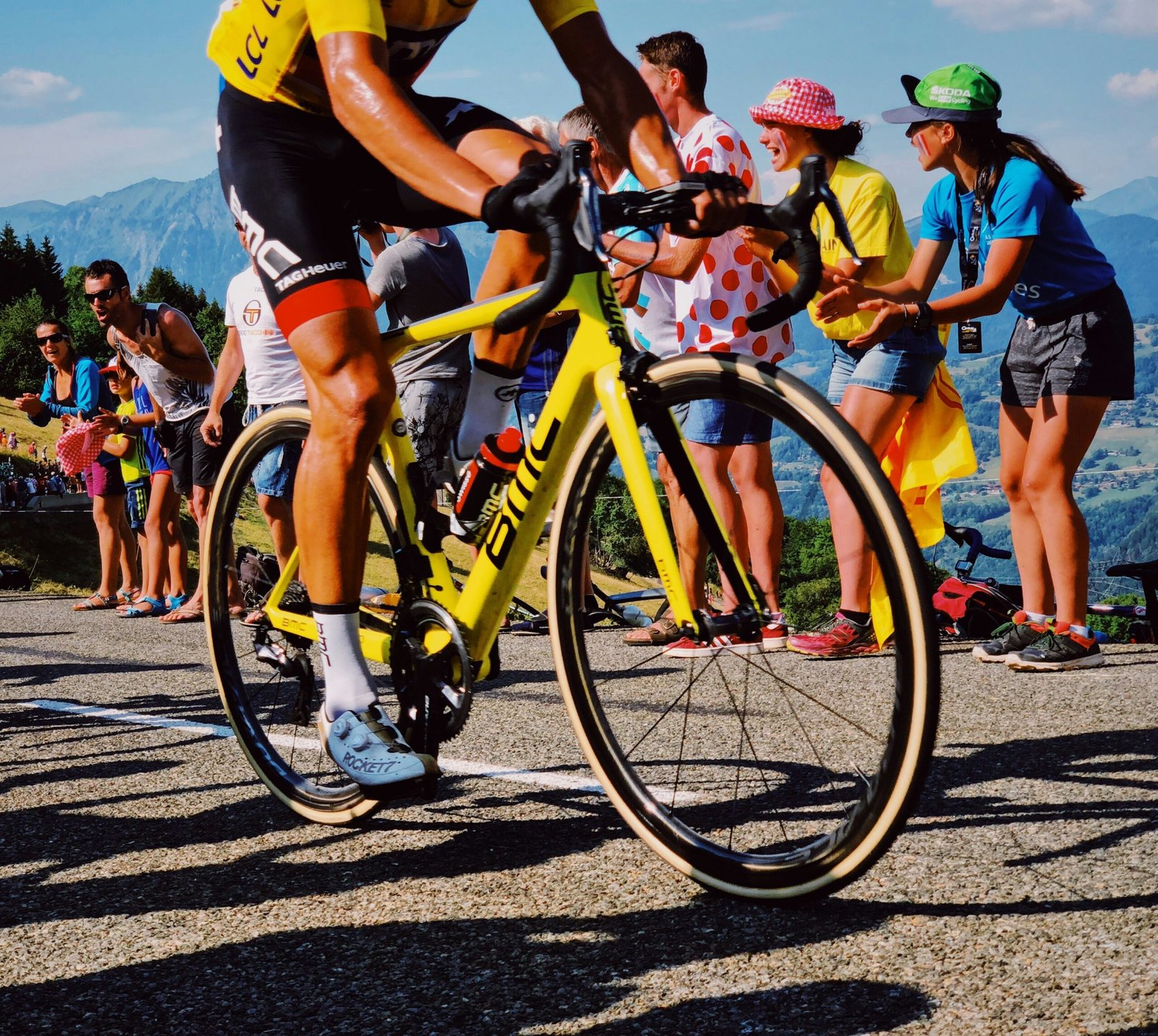When it comes to the Tour de France, the “tête de la course” holds a special significance. Translated as “head of the race” in English, this term refers to the front group of cyclists who are leading the pack. In this blog post, we will explore the concept of “tête de la course” and its importance in the context of the Tour de France.
Understanding the Tête de la Course
In the world of professional cycling, the Tour de France is considered the pinnacle of the sport. This prestigious race consists of multiple stages, covering a distance of around 3,500 kilometers over a span of three weeks. Each stage presents different challenges, including mountains, sprints, and time trials.
During each stage, the riders form a peloton, which is a large group of cyclists riding closely together. However, within this peloton, there is often a smaller group that manages to break away from the rest and establish a lead. This group is known as the “tête de la course.”
The riders in the “tête de la course” are typically the strongest and most skilled cyclists in the race. They have the ability to maintain a fast pace and navigate the challenges of the stage ahead. Being part of the “tête de la course” is not only a display of skill and endurance but also a strategic advantage.
Importance of the Tête de la Course
The “tête de la course” plays a crucial role in the dynamics of the Tour de France. Here are a few reasons why it holds such significance:
1. TV Coverage and Public Attention
The “tête de la course” receives significant coverage during the race. Television cameras focus on this group, capturing their every move and providing live updates to millions of viewers around the world. The public’s attention is drawn to the leaders, as they represent the most exciting and competitive aspect of the race.
2. Race Strategy
The presence of the “tête de la course” affects the strategies of both individual riders and their teams. Riders in the peloton often work together to catch up with the leaders or prevent them from extending their lead. On the other hand, the leaders strategize to maintain their advantage and increase their chances of winning the stage or even the overall race.
3. King of the Mountains and Sprint Points
Within the Tour de France, there are additional competitions for the best climber and the fastest sprinter. The “tête de la course” often includes riders who specialize in these areas, accumulating points and aiming for victory in these specific competitions. Their performance in these segments adds another layer of excitement and competition to the race.
Conclusion
The “tête de la course” is a term that holds great significance in the world of the Tour de France. It represents the front group of cyclists who are leading the race, showcasing their skill, endurance, and strategic prowess. The presence of the “tête de la course” adds excitement and competition to the race, captivating the attention of viewers and influencing the strategies of riders and teams. As the Tour de France continues to captivate cycling enthusiasts around the world, the “tête de la course” will always remain a focal point of the race.

